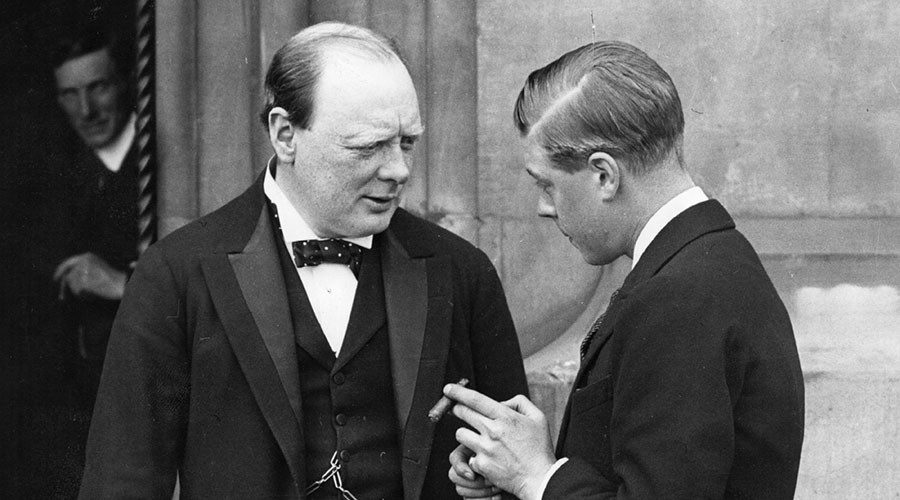
A cache of newly declassified files released by the National Archives at Kew show that Churchill tried to block the publication of papers on former King Edward VIII's pro-Nazi views and willingness to deal with Adolf Hitler to win back his throne.
The dossier was compiled by the Nazi intelligence agencies, documenting the activities of the Duke and his wife, Wallis Simpson, during World War II.
King Edward VIII abdicated in 1936 as he sought to marry Simpson, an American divorcee, causing a constitutional crisis. He left Britain to tour Nazi Germany later that year.

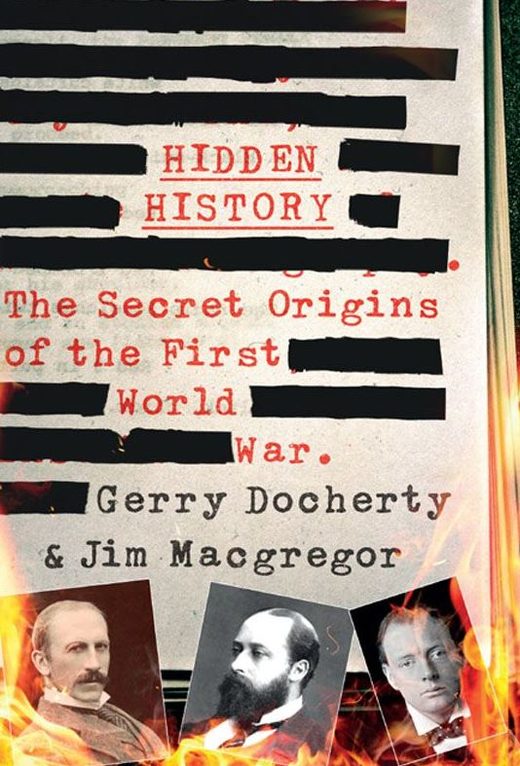
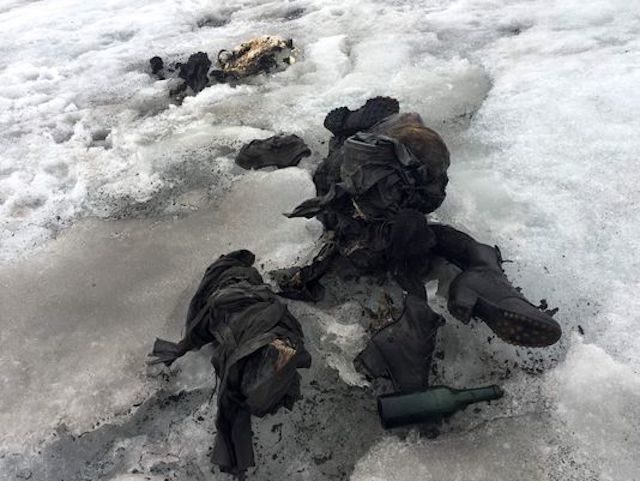
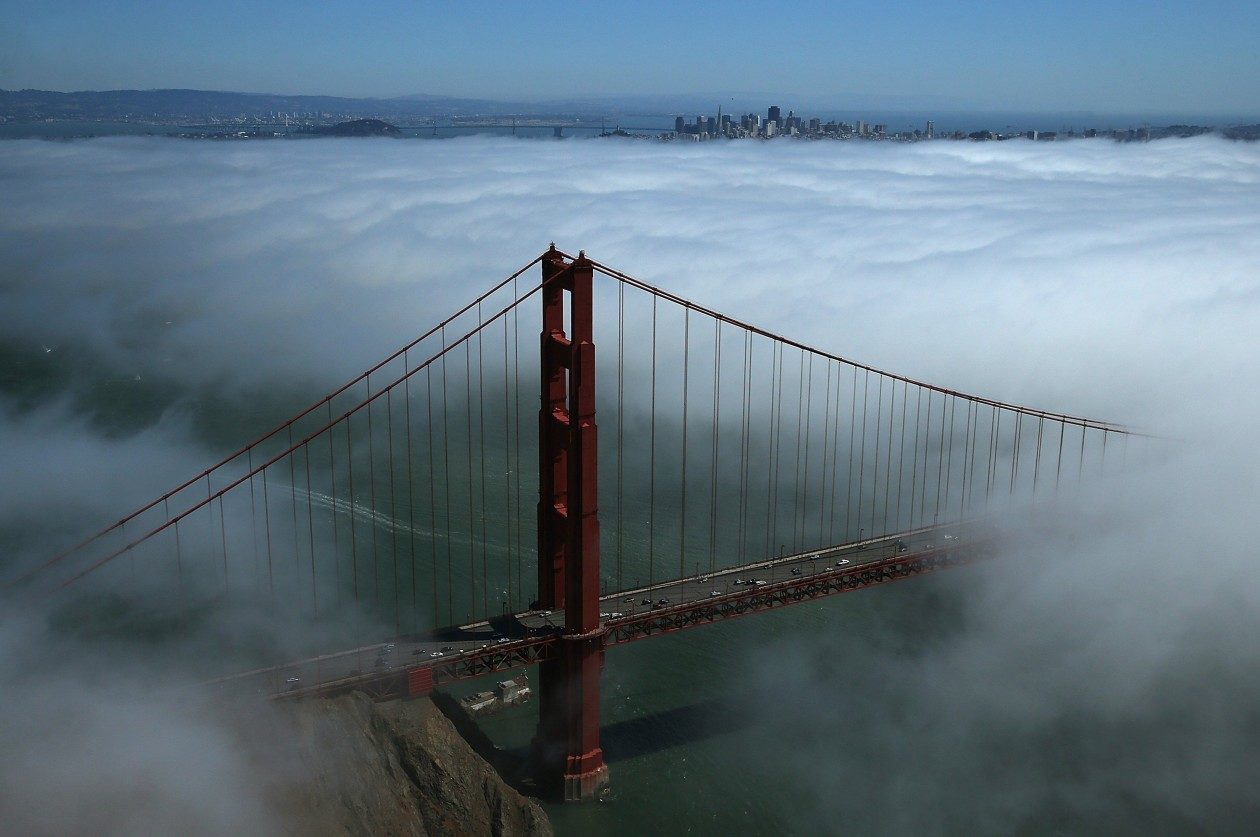
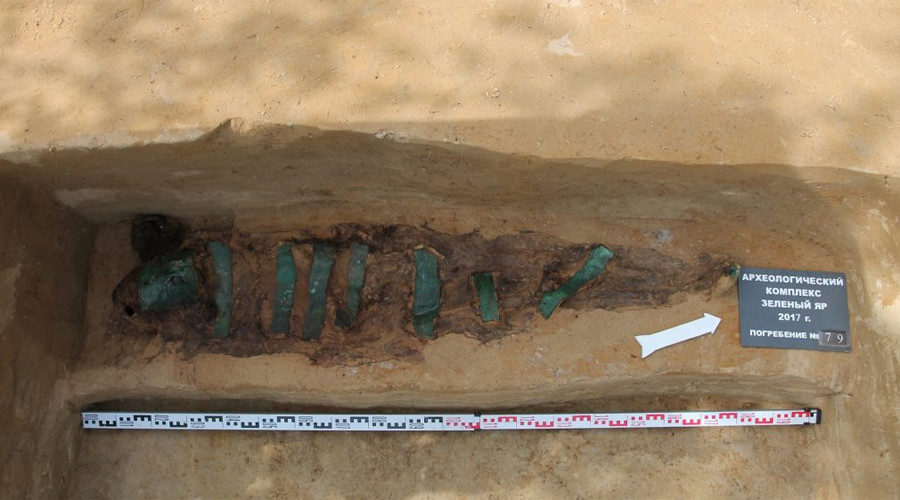
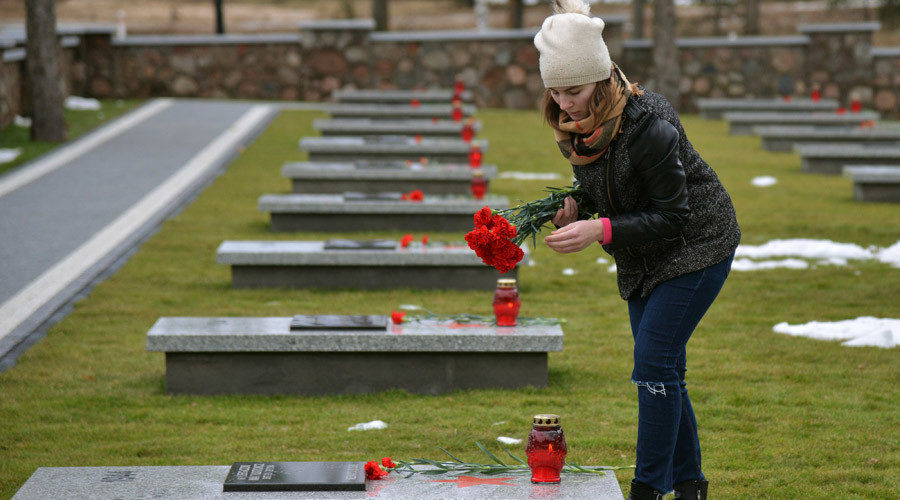

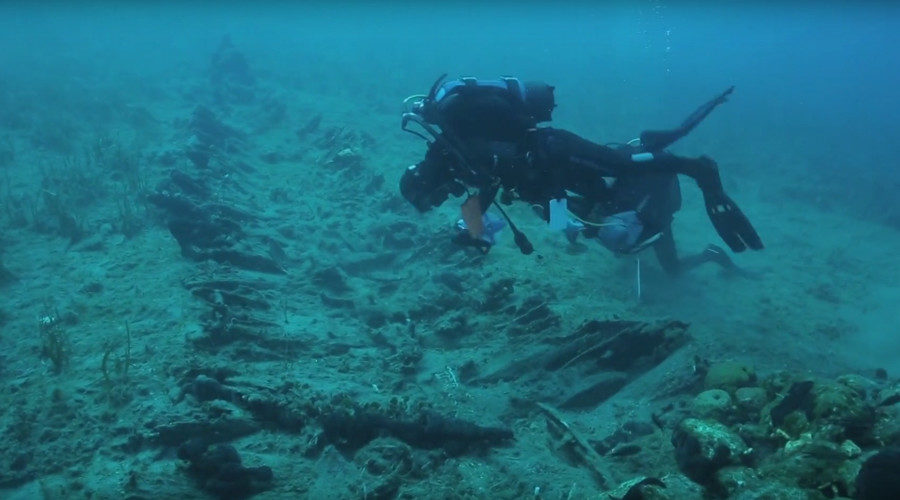
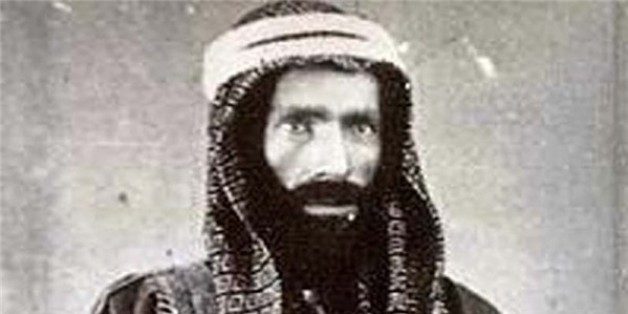



Comment: Churchill was also deeply involved in the intrigue surrounding Britain's war against Germany in 1914:
Book review: Hidden History, the Secret Origins of the First World War